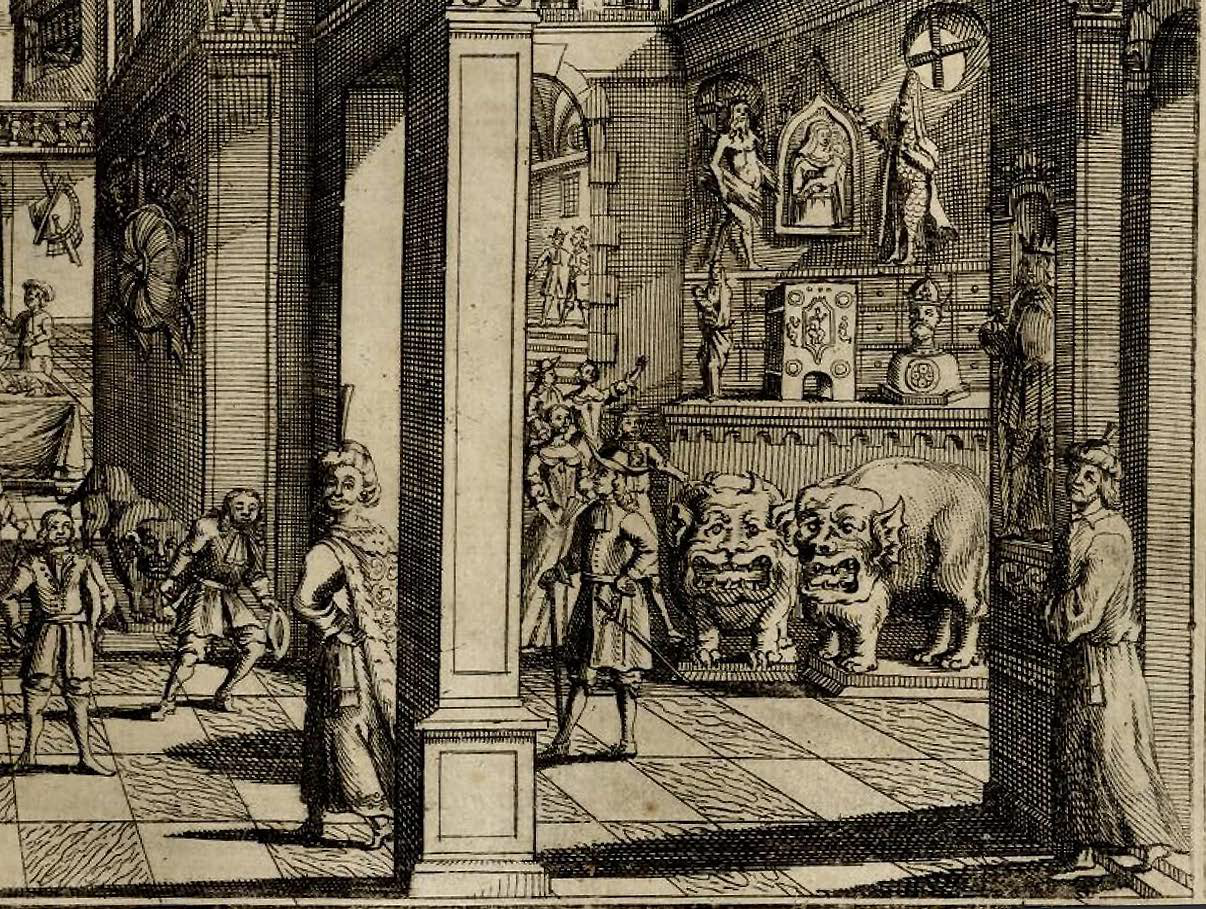RP5: (Iberian) Europe
Incorporations: Human Bones, Relics and Reliquaries from Overseas in 16th and 17th Century European Collections
This Regional Project (RP5) is about the repercussions of overseas negotiations around relics and human remains on the European relic cult and collecting practices. It will first focus on the changes that took place in the material culture of relic veneration in Europe in the 16th and 17th centuries and explore in what way new materials and objects were integrated into the Christian relic cult during European expansion. Since their existence, Christian reliquaries have been extremely permeable and receptive to forms, iconographies, and materials from foreign contexts. They have often integrated spolia from Roman antiquity or early Christian times to authenticate their contents, and many medieval Islamic objects, often containers of some kind, have survived in an ecclesiastical context, especially in Spain. Various foreign materials, both mineral and animal, found their way into Christian reliquaries long before the time of European expansion: ivory, animal bone, bison or bull horn, ostrich eggs, walrus teeth, tropical woods, and coconuts were used to make Christian reliquaries. This well-practised receptivity of the Christian reliquary facilitated the incorporation of new materials from overseas during the Iberian expansion. Tortoiseshell and Indian mother-of-pearl were just two materials newly integrated into the globalised world of reliquaries from the 16th century onwards.
Regarding the development of Christian reliquaries prior to the globalisation in the early modern period, research is largely based on the work of the Jesuit Joseph Braun (Die Reliquiare des christlichen Kultes und ihre Entwicklung, Freiburg 1940). Braun assembled written sources and surviving reliquaries, grouped them convincingly into categories and sub-categories, and arranged them within a rarely contested chronology. The Incorporations project aims to continue, in a sense, Braun’s seminal compendium pursuing the medium of the reliquary for the first time extensively into the early modern period with its manifold global interconnections. It will ask to what extent overseas contacts and transcultural negotiations over human remains and bones in the various regions led to transformations in the perception, handling, and presentation of Christian relics in Europe.
The second research axis that this project follows is the reception, storage, and display in European churches and convents of the bodies and relics of new Christian saints who died overseas. A good example is Saint Francis Xavier, whose body is kept for the most part in Goa, but already before his canonisation in 1622, parts of it were sent all over the world – including to Europe. RP5 will work closely with the other regional projects and evaluate the data from the Transversal Project to discover and analyse reliquaries in Iberia and elsewhere in Europe in which relics of new saints from overseas were deposited.
Overall, this project seeks to capture the migrations of dead bodies from other continents into European contexts and the impact of their arrival on the material and visual cultures of collecting in Europe. Thus, it investigates the development of European knowledge of the divergent handling of human remains as well as the extent to which mortal remains of the respective Others reached European collections during the period of research. The boundaries between church treasure, relic collection, and Kunstkammer became particularly permeable during the period under investigation due to the material and epistemological expansion.
These two strands of research, the integration of new materials into the European relic cult and the integration of human remains from abroad into European collections and archives of knowledge, will then be synthesised by posing the question to what extent the knowledge of how other cultural and religious traditions dealt with mortal remains might have had an impact on the Christian cult of relics in Europe.

